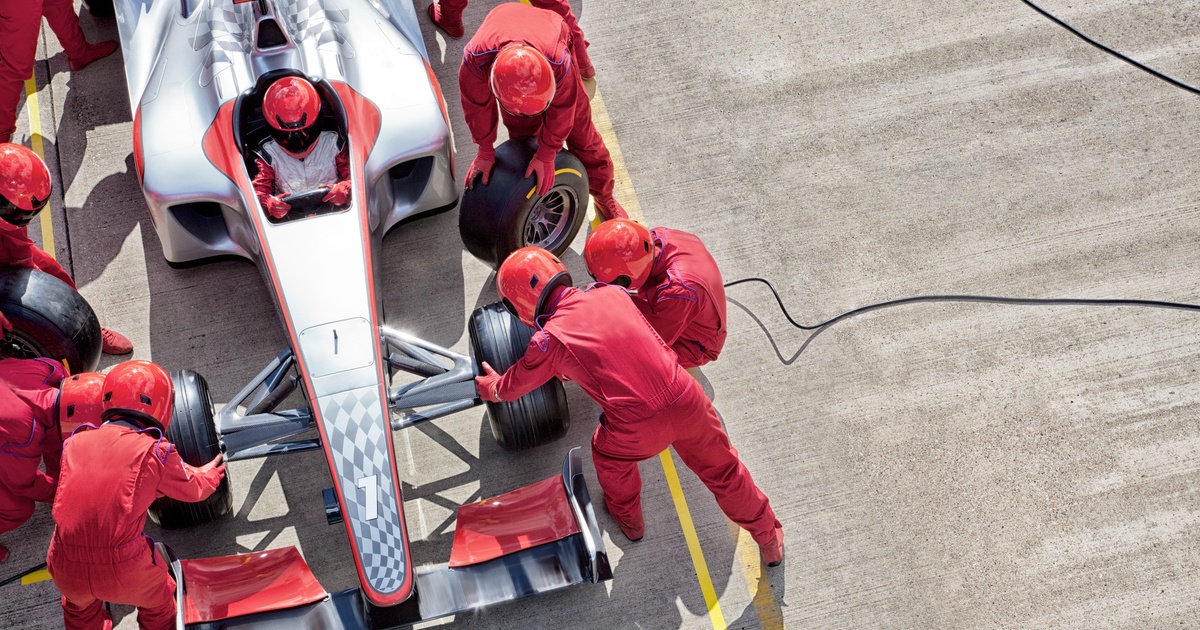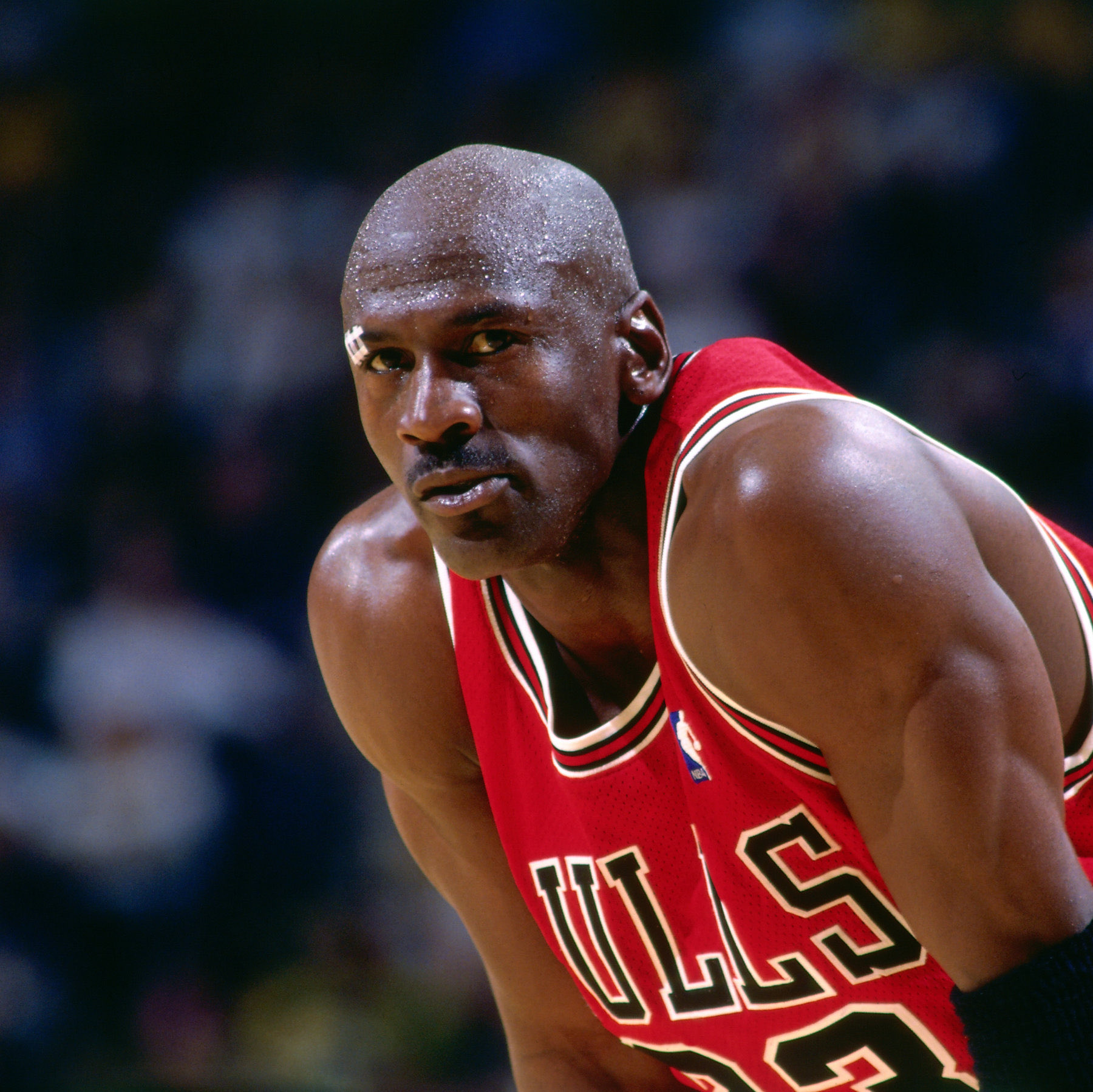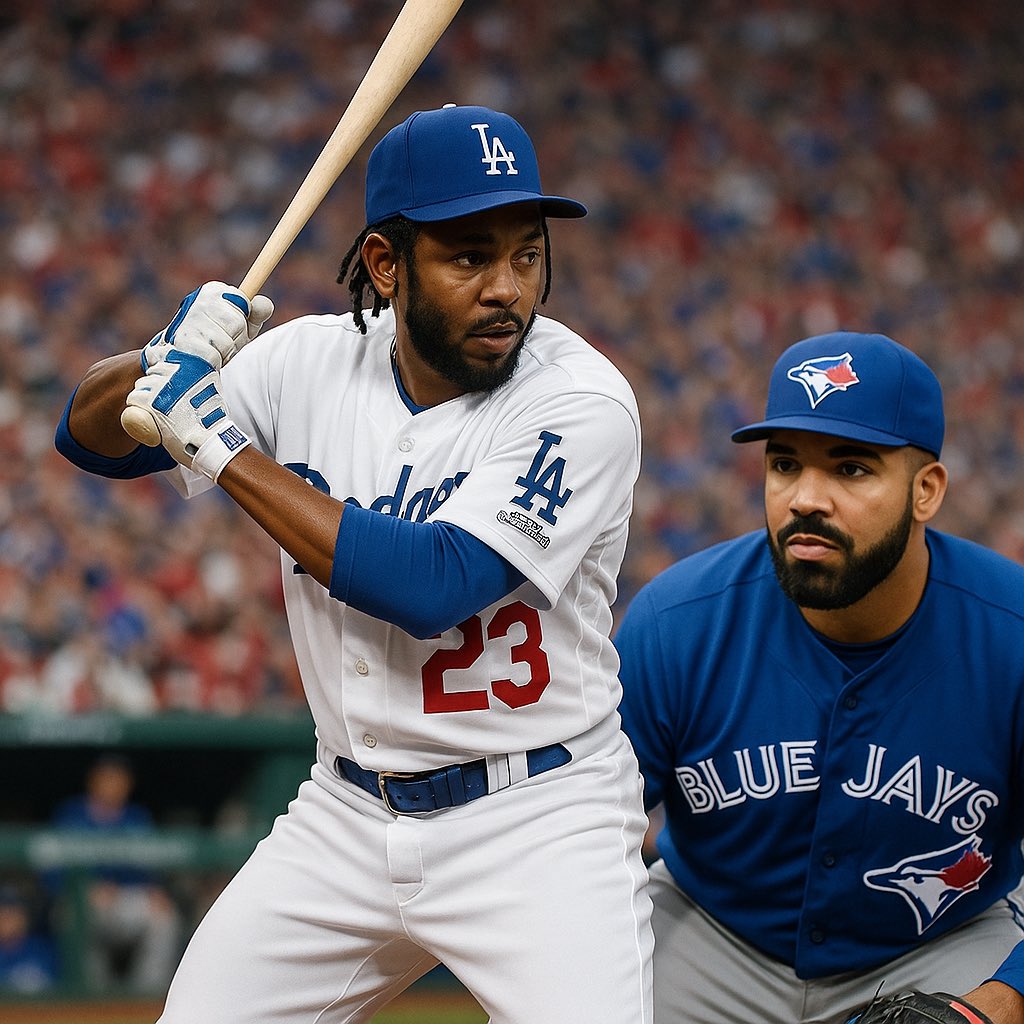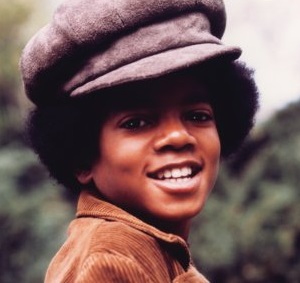What F1 The Movie Gets Right About Racing
Formula One isn’t just a sport; it’s speed, strategy, spectacle, and stress crammed into 90-minute races where every tenth of a second counts. F1 The Movie, the new racing film starring Damson Idris and Brad Pitt, attempts to distill all of that onto the big screen. And rather than settle for shiny but shallow, the filmmakers aimed for something tougher: authenticity.
At the center of that push for realism is Lewis Hamilton, who didn’t just consult on racing scenes; he executive-produced the film to make sure it didn’t fall into the trap of cheesy, exaggerated Hollywood shorthand. Instead, what audiences get is a movie that cares just as much about what happens in the garage as what happens on the track.
Here’s what F1 The Movie gets right about racing.
Respecting the Speed
Capturing the sensation of pure speed on camera is no easy feat. But F1 The Movie dials it in with trackside camera angles, in-cockpit views, and sound design that makes you flinch. Every shift, skid, and slipstream is something the audience feels.
That’s because this isn’t a CGI car flying through a green screen wind tunnel. The crew shot scenes on real Formula One circuits using actual F1-spec cars in place of digital replicas. So, when tires scream through a tight corner, it feels real because they actually did.
Idris trained with Hamilton on set, helping choreograph the race sequences so that every movement, line, and burnout felt earned.
Showing the Science Behind Performance
Racing is more than guts and gas. It’s about math, mechanics, and milliseconds. And this is where F1 The Movie digs deeper than most racing movies ever dare. The film doesn’t treat technical talk like filler; it lets it shape the tension. Gear ratios, tire compounds, telemetry data, and aerodynamic balance are plot-driving forces.
To pull that off convincingly, the production leaned into real-world details, such as synthetic and conventional automotive lubricants, explained by professionals who know exactly which type works best under intense g-forces. Those choices matter in real racing, and the film gets that.
When a car loses grip or overheats mid-race, you know it’s not just bad luck; it’s science doing what science does.
Getting the Team Dynamic Right
No one wins a Grand Prix alone. For every driver sipping champagne on the podium, there’s a crew of engineers, mechanics, and strategists making sure the car didn’t fall apart five laps in. The F1 film recognizes that, putting serious screen time into how teams operate under pressure.
The protagonist’s relationship with their pit crew isn’t background noise, but rather a core part of the story. From headset arguments during safety car windows to split-second pit stops with five tire changers and one jack man, the film captures that barely-controlled chaos.
Strategy meetings, calibration tweaks, and tense exchanges with the team principal reflect the real-world push and pull behind every podium finish.
Reflecting the Real Diversity Push
Damson Idris taking the lead as an F1 driver isn’t just a casting win; it’s a cultural moment. Formula One has long been criticized for its lack of representation, and while Lewis Hamilton has broken barriers as the sport’s first and only Black driver, there’s still a long road ahead. Idris stepping into that driver’s seat brings visibility to a space where diversity has historically fallen short.
The film doesn’t shy away from this context. Hamilton’s off-track influence is in the DNA of the movie. Through his Mission 44 initiative and other advocacy efforts, he’s been vocal about creating space for underrepresented voices across STEM roles in motorsport. F1 The Movie mirrors that momentum in its casting and its storylines, helping Hollywood catch up to the movement Hamilton started on the track.
Capturing Mental and Physical Strain
Let’s get one thing straight: Formula One isn’t for the soft-hearted or soft-bodied. The g-forces alone can hit up to 5 g in high-speed corners. That’s more than astronauts endure on takeoff. And the film gets it. Idris’s character is battling his limits and those of his competitors.
From jet lag between continents to fluid loss under fireproof suits, the physical strain is front and center. Mentally, the pressure mounts with split-second decisions, team strategy calls, and a media machine that never stops. It’s not just about keeping your eyes on the apex; it’s about keeping one’s mind in the race while cameras, sponsors, and critics circle like drones overhead.
Real Tracks, Real Stakes
There’s something electric about seeing Silverstone or Spa on screen, not as background filler, but as active players in the story. They filmed the production on location at real F1 circuits during actual race weekends, weaving its scenes into the rhythm of the sport. That’s not movie magic; it’s planning, precision, and respect for the real thing. And it shows.
The tarmac has character. The backdrop tells its own story. Racing at Monza isn’t the same as racing in Vegas. The film acknowledges that geography, weather, and legacy are significant factors. Each track brings its own stakes, and the movie embraces that, rather than flattening it into a one-size-fits-all spectacle.
Where the Film Misses the Apex
Even with its impressive authenticity, F1 The Movie does take a few cinematic liberties. Most notably, the timeline of a Grand Prix weekend feels compressed. Practice, qualifying, and race-day logistics unfold over multiple days, not in a single adrenaline-soaked montage.
And while the movie nails the visual drama of overtakes and crashes, it occasionally oversimplifies how they happen. In real life, passing another car often requires 15 laps of setup, DRS strategy, tire preservation, and flawless timing, but in the film, it takes guts and a dramatic score.
Hype Is Good, But Skill Lasts
F1 The Movie thrives on spectacle—fireworks, champagne, and photo finishes. But what the film reminds us is that none of that matters without the grind behind it. Success in racing comes from long nights in the garage, split-second decisions on the track, and the sheer discipline it takes to turn .01 seconds into a lifetime advantage.
There’s no editing around the truth: All the hype in the world won’t get you to the podium. What F1 The Movie gets right about racing is that excellence has no shortcuts.
Share this content:














Post Comment